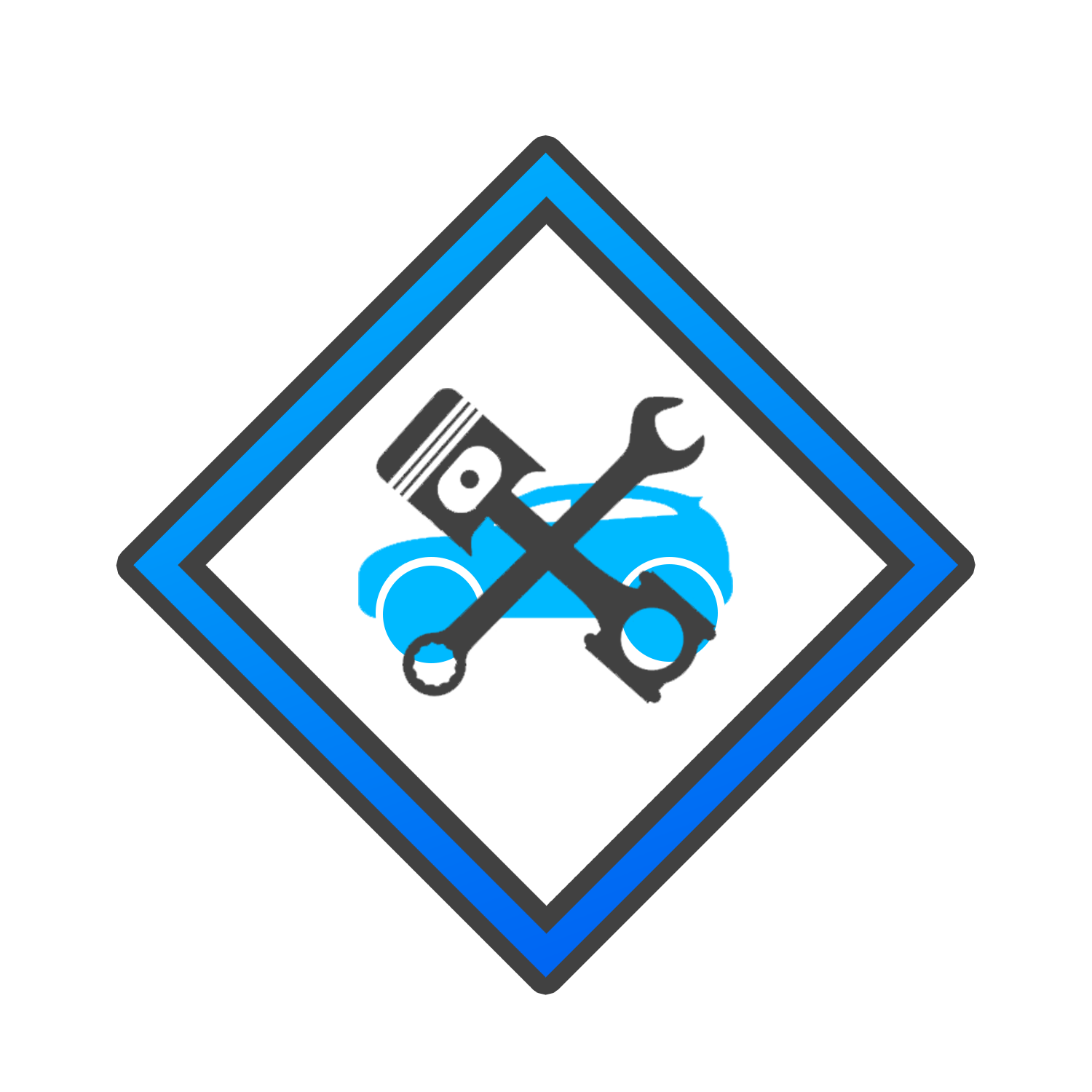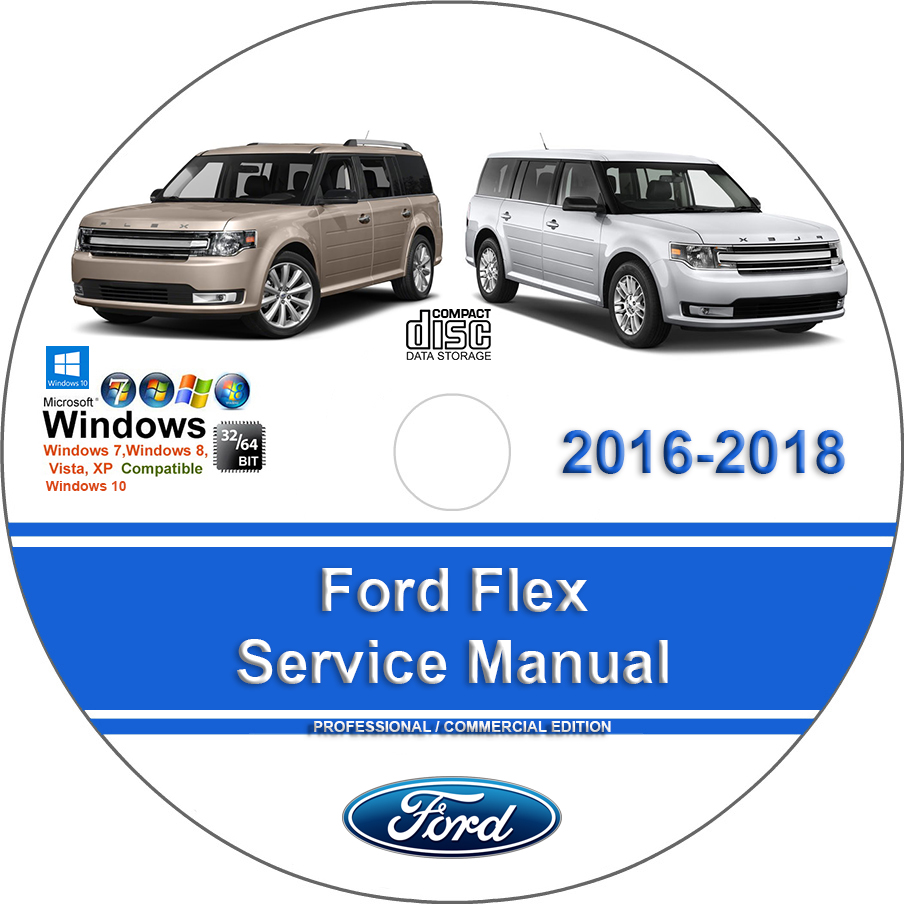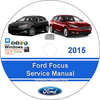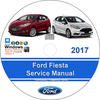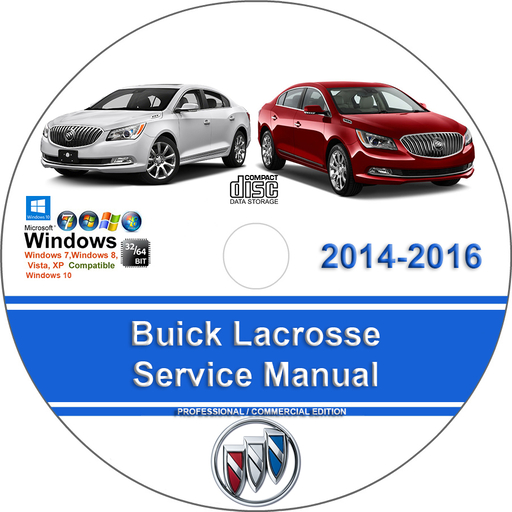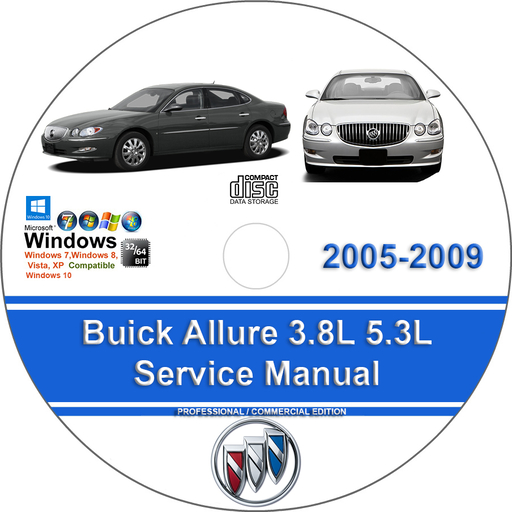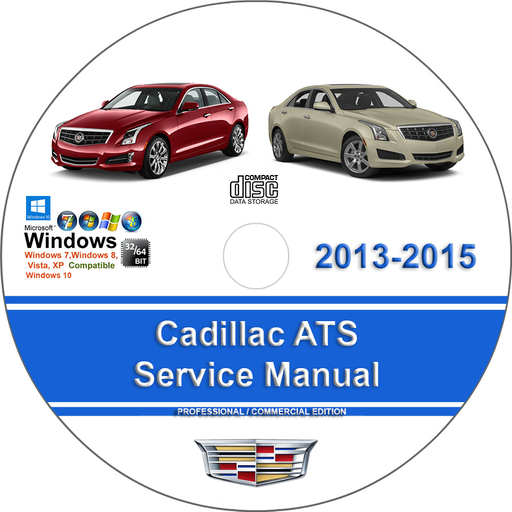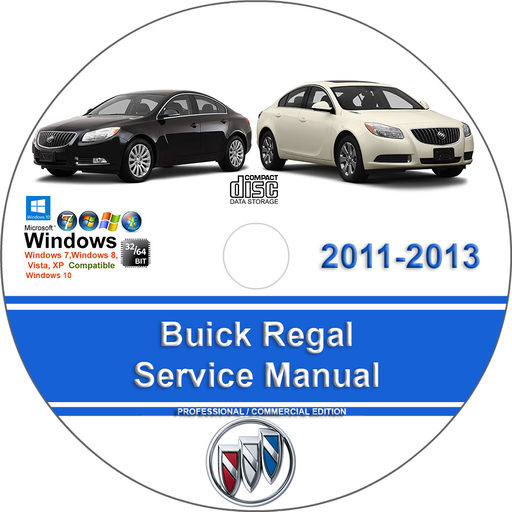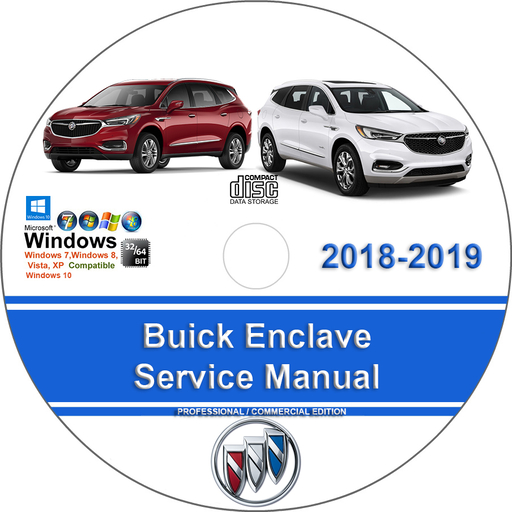Ford Flex 2016 2017 2018 Factory Service Repair Manual + Wiring
$34.00 – $42.00Price range: $34.00 through $42.00
Ford Flex 2016 2017 2018 Factory Service Repair Manual + Wiring
You can download this or I can ship it to you.
Loaded with Hi Resolution illustrations, instructions, photos, and diagrams, complete to service and repair your Ford.
Pages: 11000+
Ford Flex 2016 2017 2018 Factory Service Repair Manual + Wiring
The Ford Flex is a huge measured hybrid wagon that is offered in three trim levels with a lot of choices to look over and seating for up to seven individuals. Standard hardware offered incorporates: 17″ composite wheels, warmed and fueled side mirrors, robotized headlamps, protection glass in the back, stopping sensors (back), keypad entryway section, controlled front seating, tilt and telescope guiding wheel, 60/40 split and overlay second-push seating, 50/50 split third-push seating, 4.2″ touchscreen comfort, Bluetooth/iPod/USB coordination and six-speaker sound framework. Overhauls can include bigger wheels, a bigger touchscreen reassure, haze lights, chrome plated outside accents, remote section/start, GPS, controlled back liftgate, 110-volt electrical plug, stopping camera, impact moderation framework, LED tail lights, fueled second and third-push seating, sunroof, calfskin upholstery, towing bundle and the sky is the limit from there. In the engine is a 3.5-liter V6 motor that creates 287 strength and 254 pound-feet of torque .The 2016 Ford Flex stays a phenomenal decision for the individuals who regret the nonattendance of enormous station wagons available, yet need something undeniably more sharp than truck-like SUVs or carbon copy hybrid vehicles. It drives responsively, rides easily and unobtrusively and is an incredible parkway vehicle. In addition, the Flex’s square shaped shape makes it one of the most open vehicles inside, particularly from a traveler viewpoint. Think about its magnificent security evaluations and champion dynamic wellbeing highlights and it bodes well from a family point of view – making a sumptuous minivan elective, as well.
Models Covered :
2017 Version Compatible with:
Ford Flex 2016
Ford Flex 2017
Ford Flex 2018
Manual Covers :
Accessories & Body, Cab:
Active Park Assist
Anti-Theft – Passive Anti-Theft System (PATS), With Intelligent Access (IA)
Anti-Theft – Passive Anti-Theft System (PATS), Without Intelligent Access (IA)
Anti-Theft System – Perimeter
APIM Hardware Testing
BCM Hardware Testing
Body Closures
Bumper System
Collision Avoidance System
Cruise Control – Adaptive
Cruise Control – Non-Adaptive
Exterior Lighting System
Exterior Trim and Ornamentation
Front End Body Panels
Glass, Frames and Mechanisms
Handles, Locks, Latches and Entry Systems – With Intelligent Access (IA)
Handles, Locks, Latches and Entry Systems – Without Intelligent Access (IA)
Horn System
Information and Entertainment Systems – 4.2-Inch (107 mm) Screen, 6 Speakers
Information and Entertainment Systems – 8-Inch (203 mm) Touchscreen, 7 Speakers
Information and Entertainment Systems – Sony Sound 8-Inch (203 mm) Touchscreen, 12 Speakers
Information Center – Instrumentation, Message Center, and Warning Chimes
Instrument Panel and Console
Instrument Panel and Interior Switches Illumination
Interior Lighting
Interior Trim and Ornamentation
IPC Hardware Testing
Module Communications Network
Module Configuration System
Multifunction Electronic Modules
Parking Aid – Audible
Parking Aid System – Visual
Rear View Mirrors
Remote Convenience System
Roof Opening Panel
Seating
Side and Rear Vision
Steering Column Switches
Uni-Body, Subframe and Mounting System
Wipers and Washers
Automatic Stop/ Start Disable:
Automatic Stop/ Start Disable
Brakes:
Anti-Lock Brake System (ABS) and Stability Control
Brake System – General Information
Front Disc Brake System
Hydraulic Brake Actuation
Parking Brake and Actuation
Power Brake Actuation – Brake Booster
Rear Disc Brake System
Canadian Model Reference:
Canadian Model Reference
Common Specs and Procedures:
Common Specs and Procedures
Driveline and Axles:
Driveline System – General Information
Driveshaft
Front Drive Half shafts
Rear Drive Axle Differential
Rear Drive Half shafts
DTC Index:
DTC Index
Electrical:
Battery, Mounting and Cables
Charging System
High Voltage Converter Power Point Inverter
OEM Component Harness Location Charts
OEM Component Harness Location Views
OEM Connector End Views
OEM Connector Repair Procedures
OEM Electrical Wiring Diagram Introduction
OEM Fuse And Relay Location
OEM Ground Distribution
OEM Vehicle Repair Location Charts
OEM Wiring Diagram Symbols
OEM Wiring Diagrams
OEM Wiring Diagrams Component Testing
Emission:
Applications
Control Abbreviations
Engine:
Engine – 3.5L GTDI
Engine – 3.5L Ti-VCT
Engine Cooling
Engine Ignition System – 3.5L GTDI
Engine Ignition System – 3.5L Ti-VCT
Engine System – General Information
Exhaust System
Fuel System – General Information
Fuel Tank and Lines
Starting System
Engine Performance:
Acceleration Control System
Accessory Drive Belt System
Electronic Engine Controls
Engine Controls – Description & Operation
Engine Controls – Diagnostic Methods
Engine Controls – Introduction
Engine Controls – Pinpoint Tests
Engine Controls – Powertrain DTC Charts & Descriptions
Engine Controls – Reference Values
Engine Controls – Symptom Charts
Engine Emission Control System
Evaporative Emissions System
Firing Order & Cylinder Identification
Fuel Charging and Controls – 3.5L GTDI – Flex
Fuel Charging and Controls – 3.5L Ti-VCT – Flex
Fuel Charging and Controls – Turbocharger, 3.5L GTDI
Intake Air Distribution and Filtering System
Mode 6
General Information:
Anti-Lock Brake Safety Precautions
Clutch Trouble Shooting
Color-Coding
Commonly Used Abbreviations
Drive Axle Noise Diagnosis
Electrostatic Discharge (ESD) Warning – Basic Information
Engine Displacement Conversion Table
Engine Overhaul Procedures
Engine Performance Diagnostic Routine Outline
Engine Performance Safety Precautions
English-Metric Conversion Chart
Gear Tooth Contact Patterns
General Cooling System Service
Identification Codes
Jacking and Lifting
Maintenance Schedule
Manual Transmission Trouble Shooting
Noise, Vibration and Harshness
Parasitic Load Explanation & Test Procedures
Service Information
State Emission Standards – Gasoline
State Emission Standards
Symptom Check List Worksheets
Trouble Shooting – Basic Procedures
TROUBLE SHOOTING
Using Wiring Diagrams
Waveforms – Injector Pattern Tutorial
Wheel Alignment Theory & Operation
HVAC:
Auxiliary Climate Control System
Climate Control
Climate Control System – General Information and Diagnostics
Reminder Indicator Reset Procedures:
Reminder Indicator Reset Procedures
Restraints:
Safety Belt System
Supplemental Restraint System
Steering:
Electronic Power Assist Steering Component Testing
Power Steering System
Steering Column
Steering System
Suspension:
Ford Wheel Alignment Specifications
Front Suspension
Rear Suspension
Suspension System – General Information
Wheels and Tires System
System Wiring Diagrams:
Wiring Diagrams
Tire Pressure Monitor System:
Tire Pressure Monitor System
Traction Control:
4WD and AWD
Transmission:
Automatic Transaxle Transmission External Controls
Automatic Transmission – 6F50/6F55
Four Wheel Drive (4WD) Systems
Transaxle Transmission Cooling
Transfer Case – Power Transfer Unit (PTU)
Uniform Inspection and Communication Standards:
Brake Systems
Drive Train & Transmission Systems
Electrical Systems
Engine Performance And Maintenance
Exhaust Systems
Heating, Ventilation And Air Conditioning Systems
Routine Inspection Reference Guide
Steering & Suspension Systems
This manual is the same as the manual used by workshops. Service Manual contains detailed instructions and step by step diagrams for all workshop procedures.
Language: English
Format: PDF
COMPATIBLE WITH ALL WINDOWS & MAC COMPUTERS
(WINDOWS 10, WINDOWS 8, WINDOWS 11, ETC.)
Windows/Mac/Tablet/Phone Friendly
| Medium | USB Flash Drive, DVD, Download |
|---|
